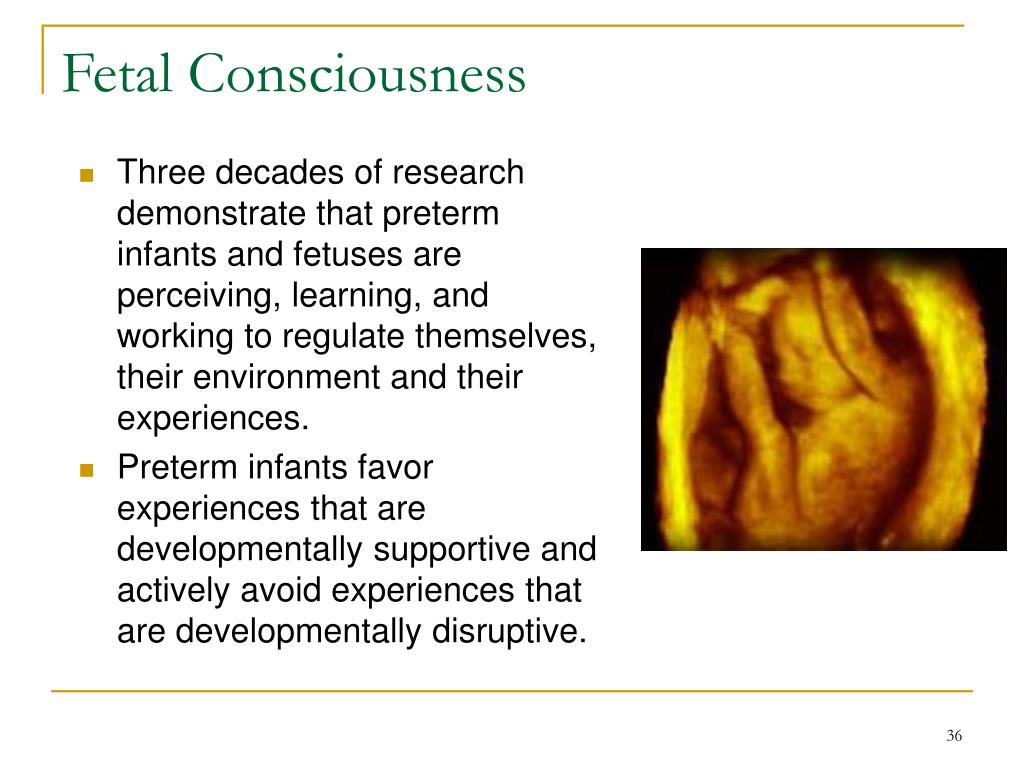
This suggests that both the anti-abortion movement and abortion rights movements would both have been larger in the US than in other countries that could have been studied and that there would be more content worth evaluating. It seems that abortion issues have been highly salient in US politics and society since the late 1960s, and especially since around 1980, compared to other countries.This report focuses on the US anti-abortion movement, rather than international efforts, for three reasons: The focus of this report is on strategic insights for the farmed animal movement, but some insights may be useful for other movements as well. After providing this history, the report draws tentative conclusions about which strategies seemed to be most effective for the anti-abortion movement and suggests potential implications for the farmed animal movement’s strategy. This report provides a condensed history of the US anti-abortion movement, from the 1960s to the present. We hope readers will keep an open mind and attempt to examine the strategy of this movement, and other social movements, with an objective lens. We think this is actually a strong reason to study this movement, because it is so different and therefore might have unusually interesting lessons to be gleaned.

US farmed animal advocates tend to favor less restrictive abortion regulations, so we know that some might be hesitant to take seriously a report that looks for insight in the strategy of the anti-abortion movement. This report is exclusively about the strategy of social movements, and while we will discuss goals insofar as they are relevant to strategic discussion, we deliberately avoid any moral assessment. Importantly, this report makes no attempt to evaluate the goals of either movement.
#WHEN DOES A FETUS GAIN SENTIENCE HOW TO#
Other features that affect the anti-abortion movement’s comparability with the farmed animal movement are listed below, but overall it seems we can glean some strategic insight from the anti-abortion movement suitable for effective animal advocacy-that is, information that can be used to understand how to maximize the impact of interventions used. Although there are important differences between the US anti-abortion and farmed animal protection movements, there is a fundamental similarity between them: Advocates from both movements believe the entities they seek to protect are granted insufficient consideration, protection, or rights and that it is worth investing time and resources into securing more consideration, protection, or rights for them. Its advocates support, at least in part, an expansion of the moral circle to encompass unborn human fetuses. The US anti-abortion movement, also known as the pro-life or right-to-life movement, argues that human life begins at conception and that the human fetus has a right to life. The Extent of the Success of the Anti-Abortion Movement in USĬhanges in the Importance and Salience of the IssueĬonsumer Action and Individual Behavioral Change Wade, anti-abortion mobilization, and political tacticsġ980-92: Ronald Reagan, the diversification of anti-abortion tactics, and an increasingly anti-abortion Supreme Courtġ992-2000: Bill Clinton, declining violence, and declining abortion incidenceĢ000-present: Republican dominance, incremental legislative successes, and renewed anti-abortion sentiment in the Supreme Court

Table of ContentsĪ Condensed Chronological History of the Anti-Abortion Movementġ966-73: Legalization of abortion in some states and initial anti-abortion resistanceġ973-80: Roe v. Key findings of this report include that encouraging legal change without popular support can provide momentum for a social movement’s opponents legislation and direct action may be effective at reducing supply through disruption and burdensome regulation, but direct effects on demand are smaller and close alignment with political or religious groups may be tractable but risks longer-term stagnation. The analysis highlights the farmed animal movement as an illustrative example of the strategic implications for a variety of movements. This report aims to assess (1) the extent to which the modern (1966-2019) anti-abortion movement in the United States can be said to have successfully achieved its goals, (2) what factors caused the various successes and failures of this movement, and (3) what these findings suggest about how modern social movements should strategize.

Thanks to Joey Savoie for discussion on case study methodology. Williams, Linda Greenhouse, Raymond Tatalovich, Alesha Doan, Matthew Wetstein, and R. Many thanks to the researchers who provided feedback or checked the citations of their work, including Rosemary Nossiff, David Garrow, Daniel K. Edited by Jacy Reese Anthis and Kelly McNamara.


 0 kommentar(er)
0 kommentar(er)
